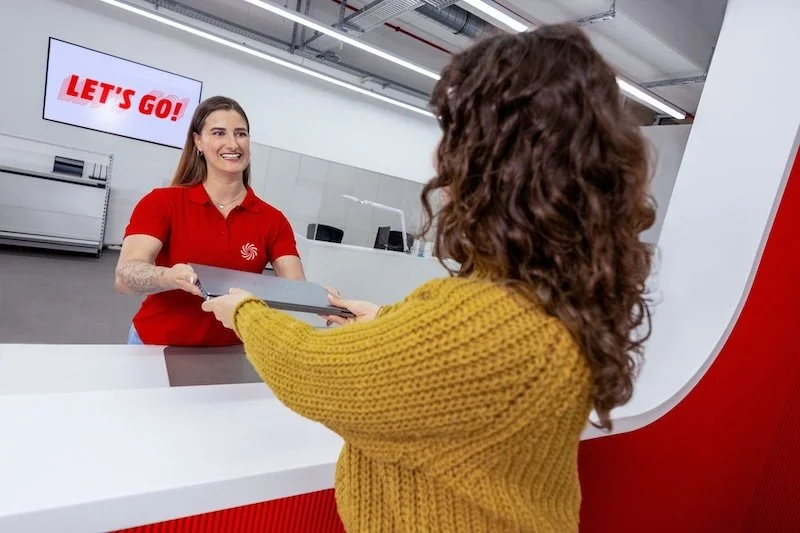Will staff devices become the heart of the store?
By Steve Powell, Director of Sales, PCMS
The concept of mobile Point of Sale and digital devices being used to serve customers on the shopfloor is not new, but the idea that consumers now expect to see this technology in retail arguably is. From some of the first deployments of this technology, led by the likes of Burberry and Apple, to the use of personal mobile devices in grocery shopping at Waitrose, consumers can now see these devices in all walks of retail.
And judging by some recent research, they like what they see. They attach real value to having access to these devices as part of their multi-faceted shopping journeys which now span multiple channels as they research, compare, and seek advice en route to purchasing goods.
The best of both worlds
If, in the early days of its usage, the process of store associates approaching customers armed with digital devices such as iPads might have caught shoppers by surprise, it seems that’s no longer the case. Our research of 2,000 UK consumers showed that 49% want to see this option in-store. The reason they want access to this type of service, according to the study, is so they can research and order products with the aid of staff, who are hopefully knowledgeable enough to add value and guidance to a process that could otherwise be conducted online.
And as talk about growing automation in retail continues apace and questions around what it means for the traditional shop worker, the welcome use of staff-operated devices shows there is still great demand for the human touch in stores. At a time when robotics and artificial intelligence are being explored by many retailers, the in-store digital device used in conjunction with staff is providing retail’s beating heart.
Digitally support the art of selling
As I alluded to, use of staff-operated digital devices in the store environment do not appear to be restricted to specific retail sectors. They work well in fashion for helping customers accessorise an outfit, they allow technology shoppers to compare functionality of equipment before they buy it, and they can be used by DIY shoppers to uncover home project tips.
Common across all retail sectors is their use in general clientelling, where shop staff can use them to access internal systems, enabling them to provide customers with inventory information, or bring up customer relationship management software containing previous purchase history and other shopper information that can help guide a sale.
Our latest report, Navigating Modern Retail, indicates that 42% of shoppers would like staff to be able to talk about products that are in-store and available online at the same time – and the digital device is a great facilitator of this service.With 75% of respondents saying retailers should have a single view of how customers shop in-store and online, use of a tablet device to bring up a customer’s online retail account can really aid store staff’s knowledge in this area.
A platform for unified commerce
One message that stands out loud and clear from our study is that consumers expect to use technology at various points along the purchase journey – be it smartphones for research at home or in the store, or kiosks and staff-assisted devices on the shopfloor – and they want retailers to offer brand consistency at each of these touchpoints.
Staff-assisted digital devices are increasingly the heart of store operations across various retail sectors, but for customer interest in this technology to continue retailers need to ensure they form part of a unified commerce approach across all sales channels, and don’t just operate in isolation.










Continue reading…